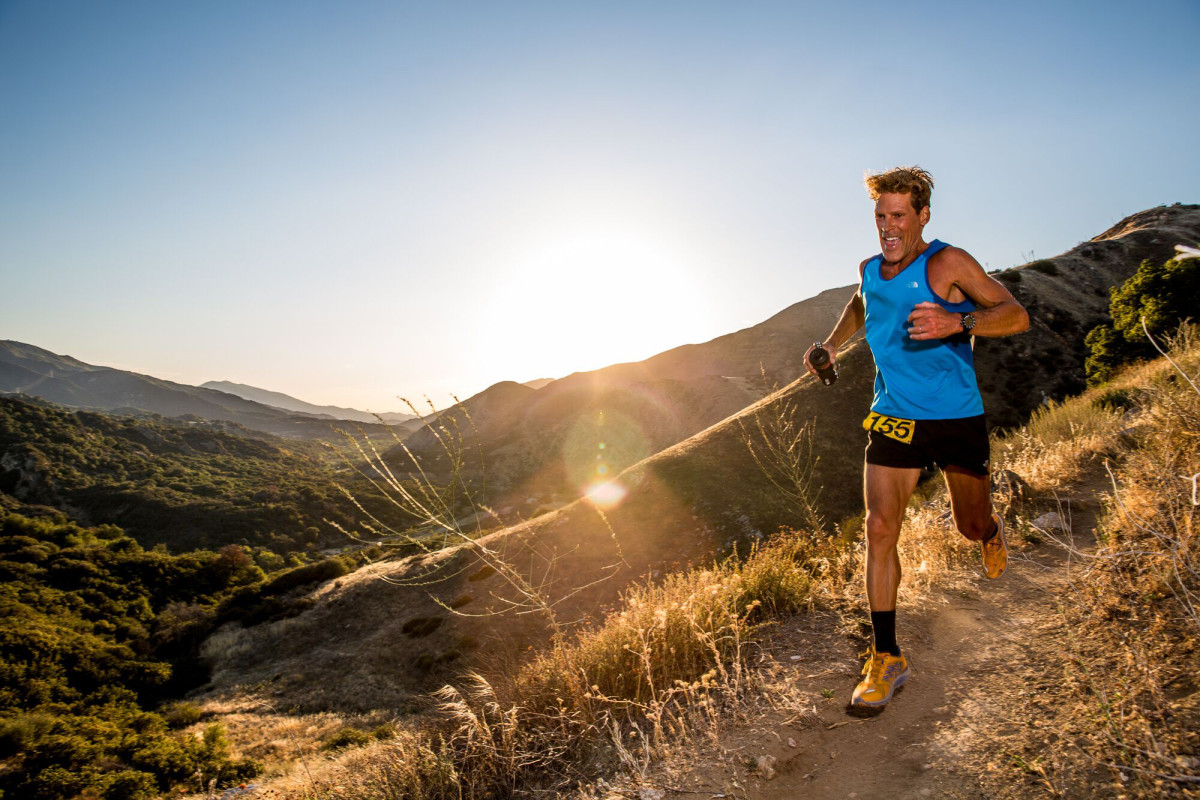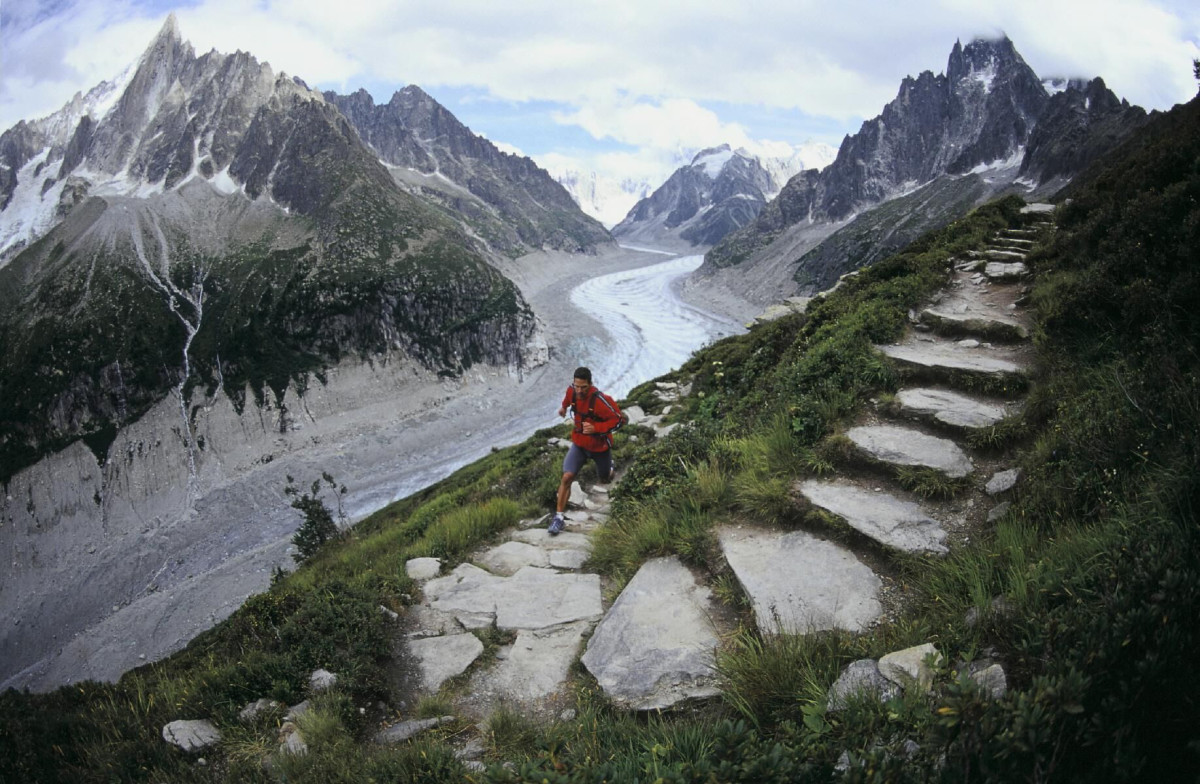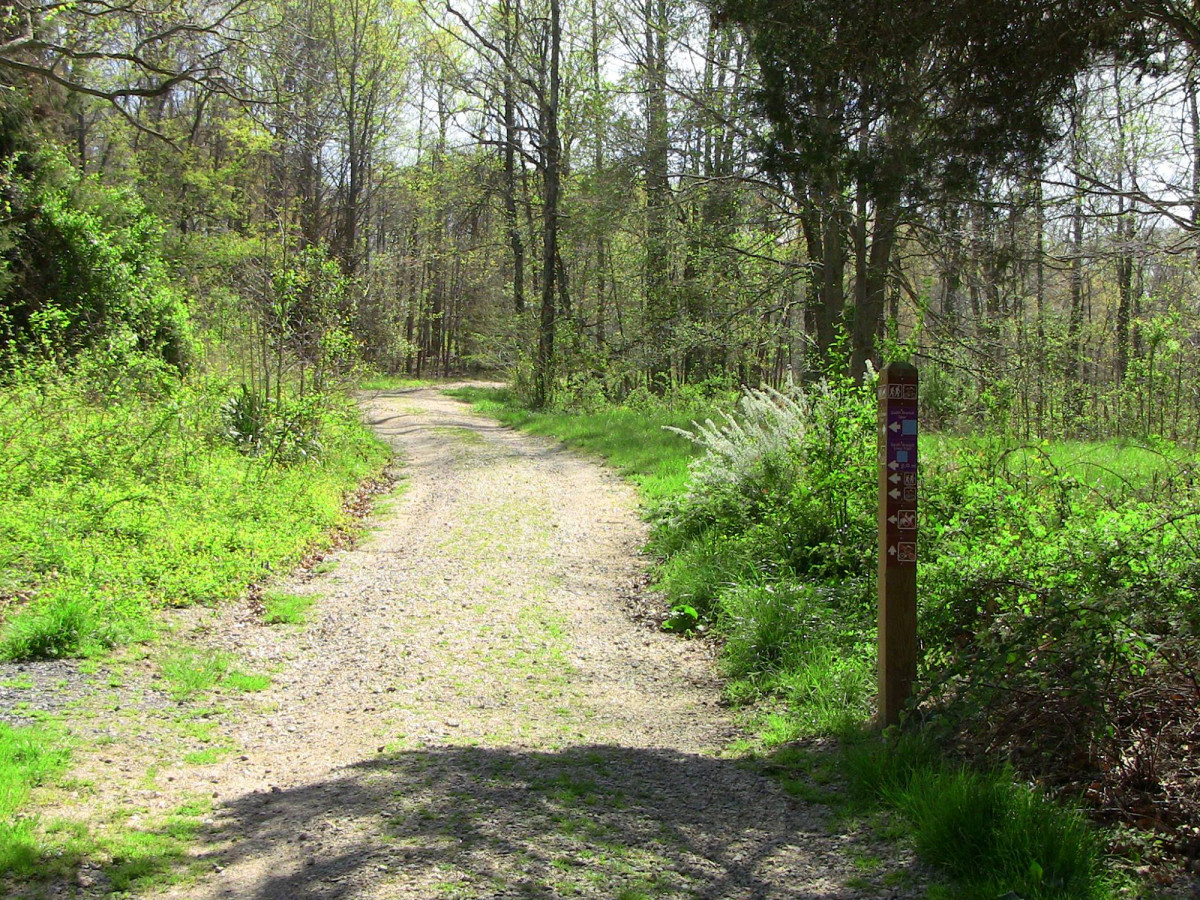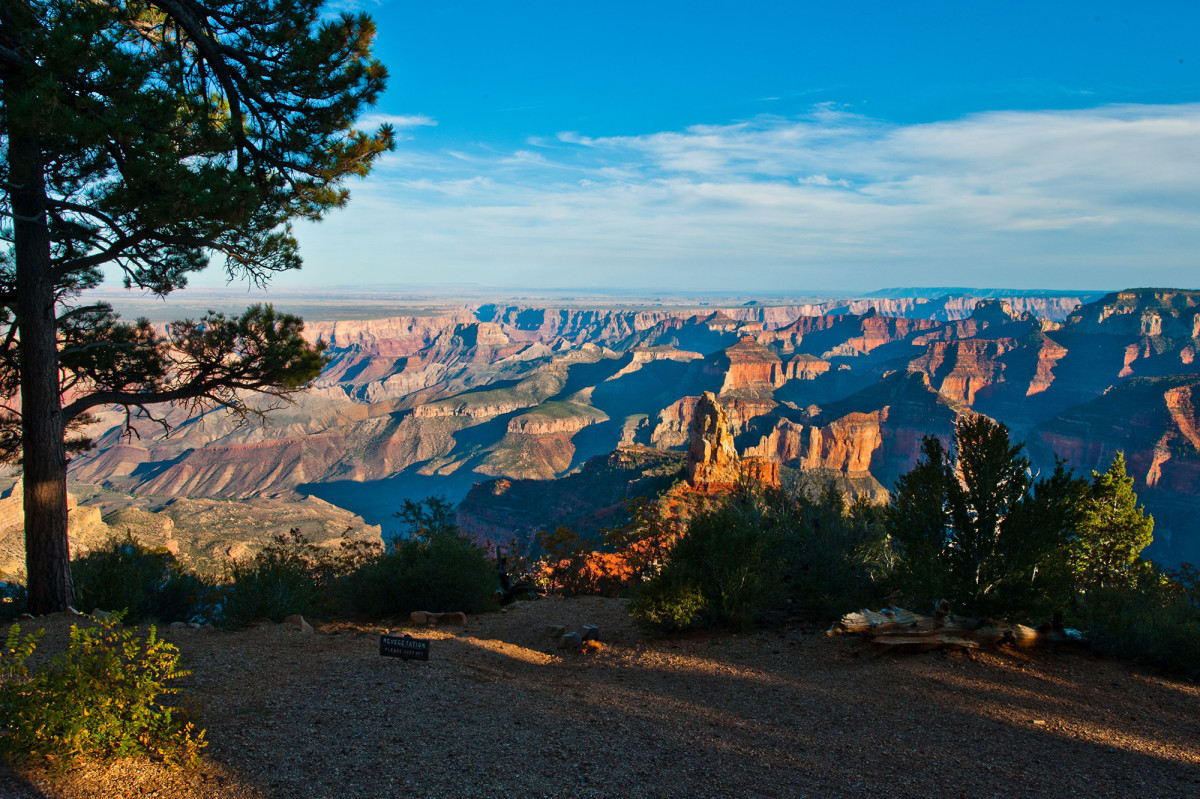How to take your workout outdoors: Trail running benefits both the brain and the body

“The mountains are calling and I must go,” said John Muir famously. The words show a man not only committed to nature, but one with the intent of enjoying its beauty to the fullest. For those that wish to experience nature as Muir intended, trail running is a great way to get fit while connecting with nature.
Summer travel often offers access to America’s trails, especially those of our national parks. Over 325 million people visited national parks in 2016, a record high. All those visits, to the diverse landscape of parks stretching from Alaska to Florida, gives novice and experienced trail runner alike ample opportunity to explore the backcountry, all with just a pair of running shoes.
But more than just a chance to spend time outdoors, trail running is probably better for brain and body than running the roads or on the treadmill.

“I definitely think there are mental and psychological benefits of getting outside,” says Mike Wardian, a professional trail and road runner. “I always feel very engaged and alive when I get to be in the outdoors.”
All that outdoor time is a good way to reconnect with nature, says Dean Karnazes, an American ultra-runner and author. “There’s nothing like escaping present day realities and heading out on a trail,” he says. “Getting lost (on purpose) rejuvenates the soul.”
Of course, there’s more to trail running than just blowing off a little steam—trails also offer a whole host of physical benefits. For those that think that running is running, no matter the terrain, it’s the variability of off-road running that offers the unique challenge.
Trails come in all shapes and sizes—some steep, rocky and narrow, others wide and dusty. That diversity adds difficulty, refines proprioception (also known as body awareness) and develops foot-eye coordination and balance. The constantly changing terrain—climbing, cornering and descending—forces runners out of the usual straight path, challenging the body in ways other types of running do not.
“Trail running is a great way to increase fitness and conditioning as it gives your body a softer surface for landing and a dynamic landing,” says Wardian. “You can't zone out while running trails—engagement is mandatory.”
How to take your workout outdoors: Escape to Sun Valley for a mountain biking adventure
In exercise physiology, change is good. It’s all because, with training, our bodies become increasingly efficient at getting the job done. Running isn’t any different, as the muscles that move us forward get a lot of work but others, especially the ones that move us side-to-side, get neglected.
Trail running includes different stride lengths, lateral movement and steep downhill running, all using different body systems. In other words, for regular runners, trail running is inefficient, and the muscles of the legs and core benefit from it.
Like starting any activity though, it’s best to be prepared, and trail running is no different.

“I think my best suggestion for beginning trail runners is to forget pace,” says Wardian of making the switch from the roads to the trails. For runners slaved to the clock or GPS, this can be mentally liberating, lessening the pressure to hold a specific pace or finish a run in a certain amount of time. Or as Wardian says: “It just becomes running for the sake of enjoyment and how you feel."
Of course, there are potential drawbacks to the unevenness of the terrain, namely the increased risk of falls. Because of that, Wardian recommends tuning in to the surroundings. “Try to be mindful, as you should keep attuned to your footing as it could be technical and you don't want to fall,” he says.
Wardian also emphasizes that, since runners won’t likely encounter water on the trails, carrying hydration is important. And without guaranteed cell coverage, it’s best to tell someone where you are going and when you’ll return. And save the tunes for the treadmill.
How to be an athlete on a plant-based diet
“Consider unplugging from music or other potential distractions when you’re just starting out so that you can pay closer attention to the surroundings, and reacquaint yourself with earth,” says Karnazes.
If ones of your worries is getting stuck on something that’s too challenging, Karnazes believes there is a trail for every skill level.
“Trails come in many shapes and forms, from graded fire road to technical single-track pathways through steep terrain,” he says. “Start with something gradual and work your way up.” And it’s ok to walk when navigating tough obstacles or steep hills, that’s when trail running becomes hiking, a similarly rewarding activity.
When it comes to physical prep, both Wardian and Karnazes believe in preparing the core. Working on balance and single leg exercises—lunges, single leg squats—can also prepare the legs for the rigors of the trails.
“Strengthening your core is beneficial, more so than with road running,” says Karnazes. “Planks can be helpful, leg ups, sit ups, hanging knee ups—anything that conditions your abdomen.”
Who knows, armed with a good pair of shoes and a sense of adventure, trail running might be the best way to experience America’s outdoor spaces. Of course, the best trails might be in your own backyard.
Wardian’s Favorite Places To Trail Run

Potomac Heritage Trail, Arlington, Va.
“I rank this trail as a favorite as it is very close to my house, has mixed technical terrain with some solid climbs, great views and I can bring Rosie our Vizsla with me. Which makes me so happy.”
Rock Creek Park
“This is a terrific place to run and hike very centrally located in Washington, D.C. It has great access to the dirt and trails but also you can pop out and get to the White House in less than two miles.”
Yosemite
“I just had the incredible opportunity to explore a bit of Yosemite Park and the trails, waterfalls and views are second to none. I was blown away and can't wait to visit again.”

Grand Canyon
“I have gotten to do the Rim to Rim to Rim a few times now and if you haven't been to the Grand Canyon, I would highly recommend it. The vast openness of the area is breathtaking; the landscape is stark, genuine and real. I love when the lightning comes and illuminates the canyon at night. Still haunts me with its beauty.”
Ultra Trail du Mont Blanc-Chamonix, France
"Ultra Trail du Mont Blanc-Chamonix is the dream of many with its high, jagged mountains, steep climbs, incredible nature and a culture of hiking and trekking. It is hard to go wrong, as any direction you turn is something to blow your mind.”
